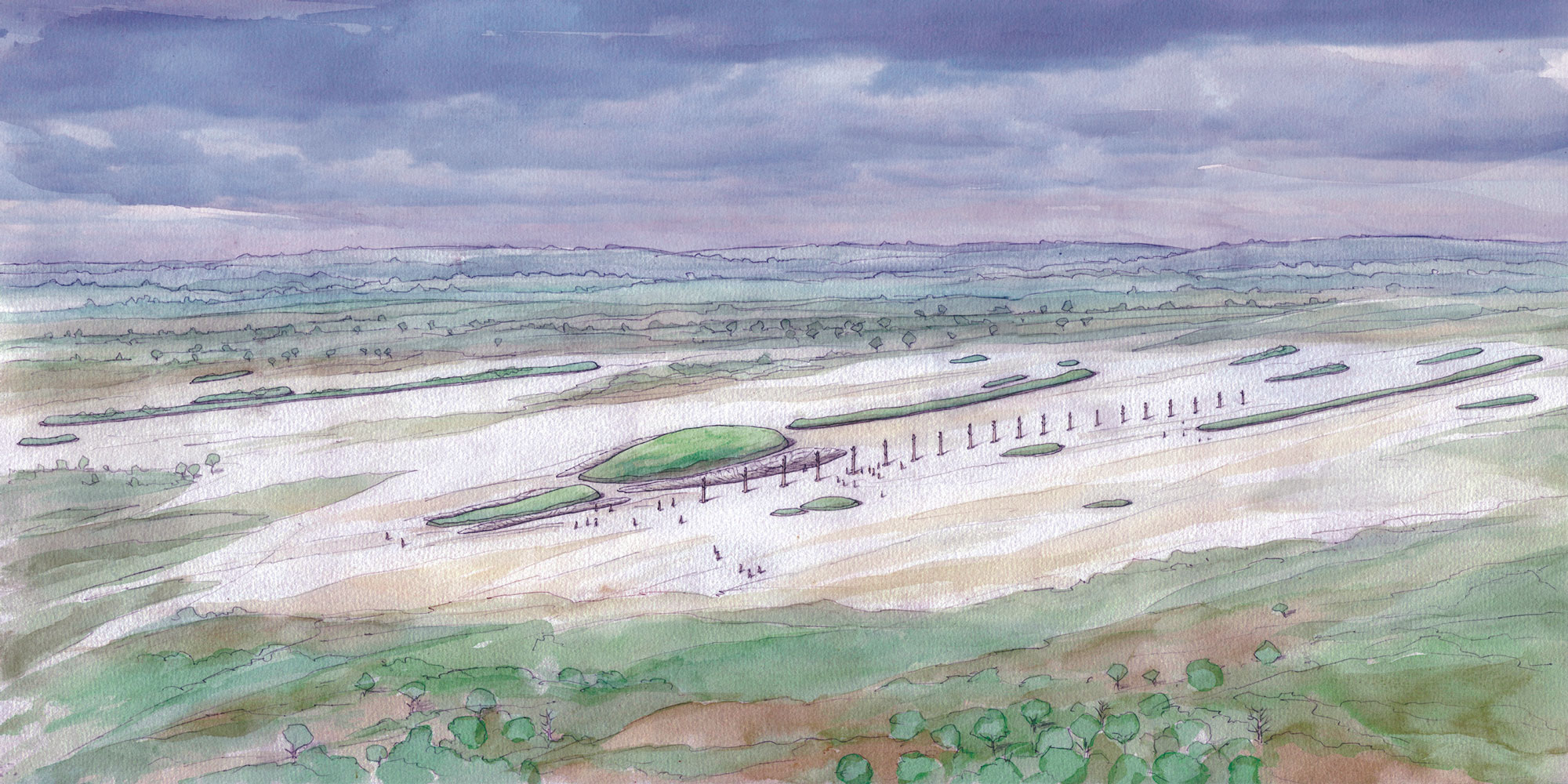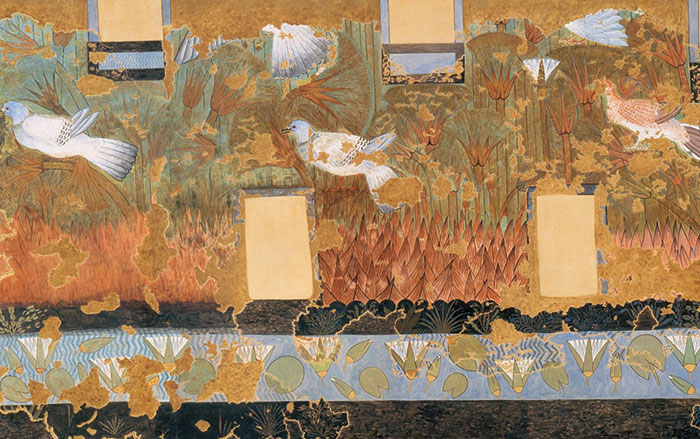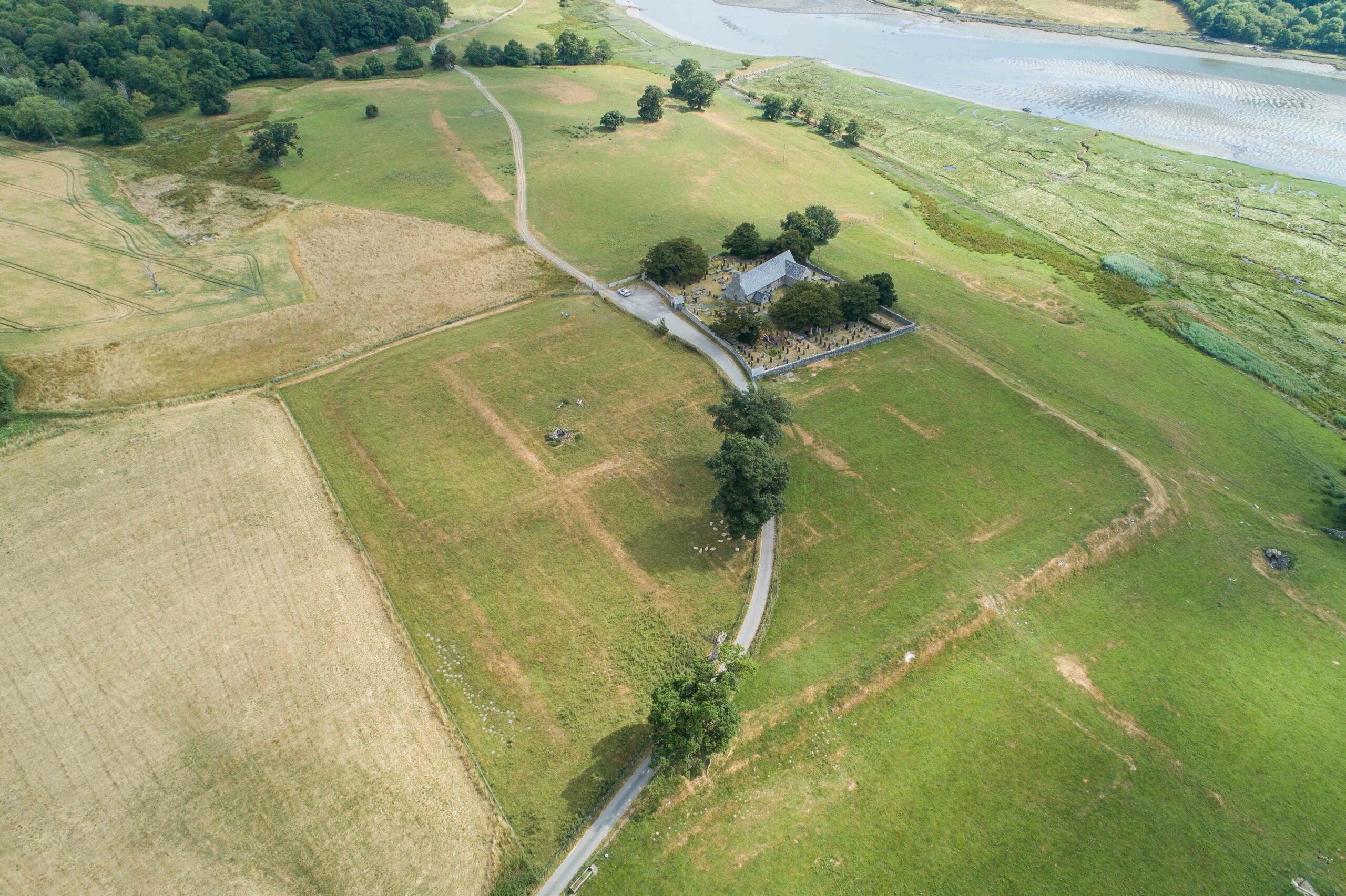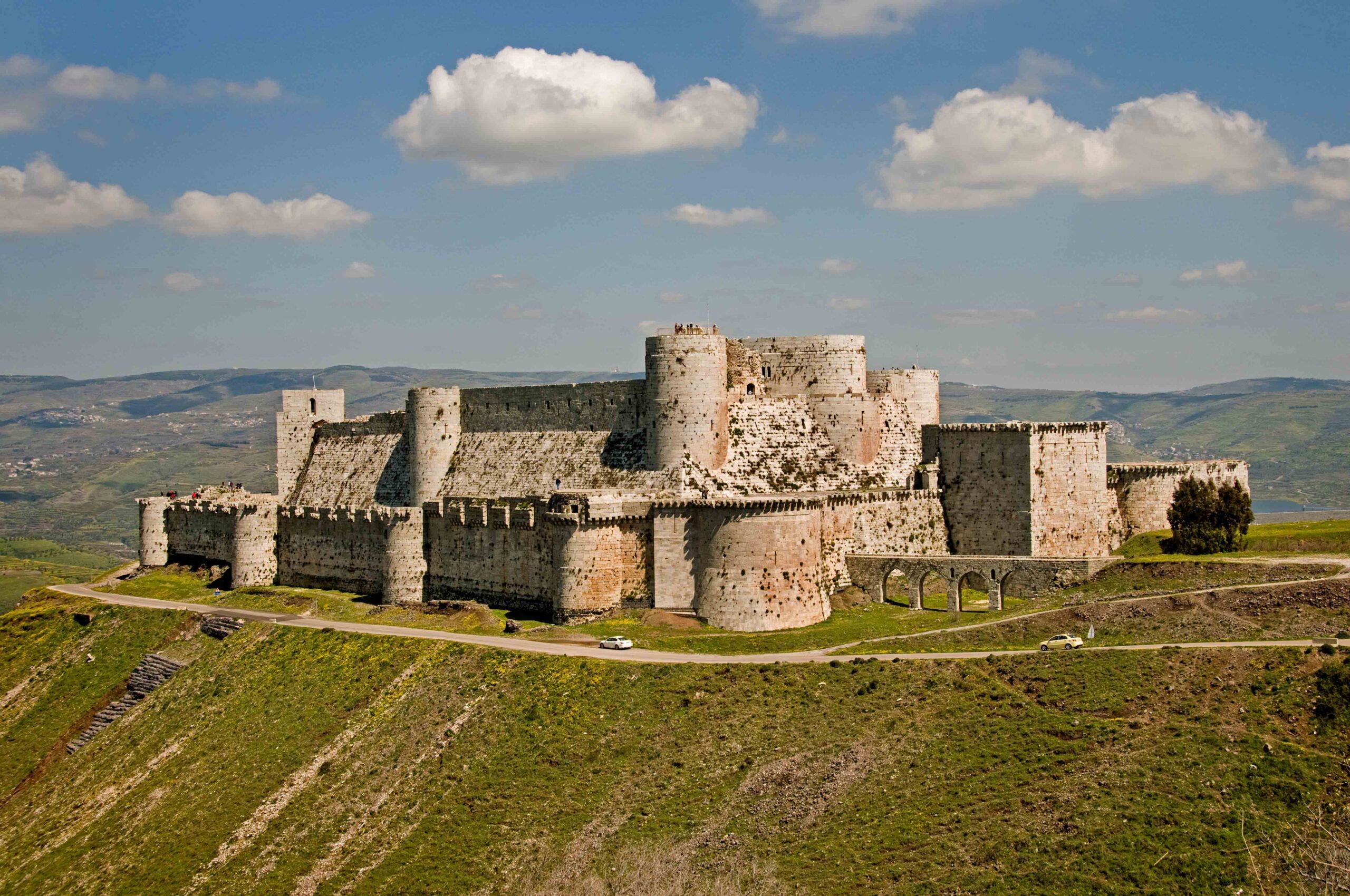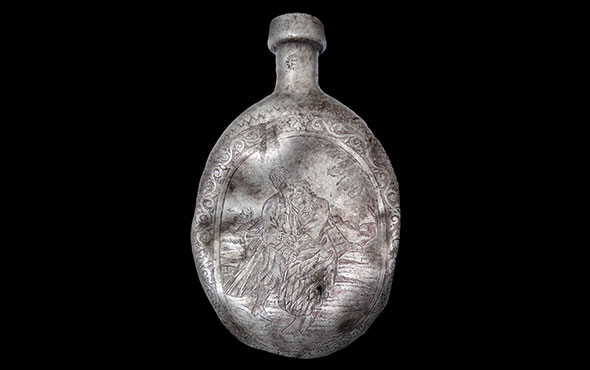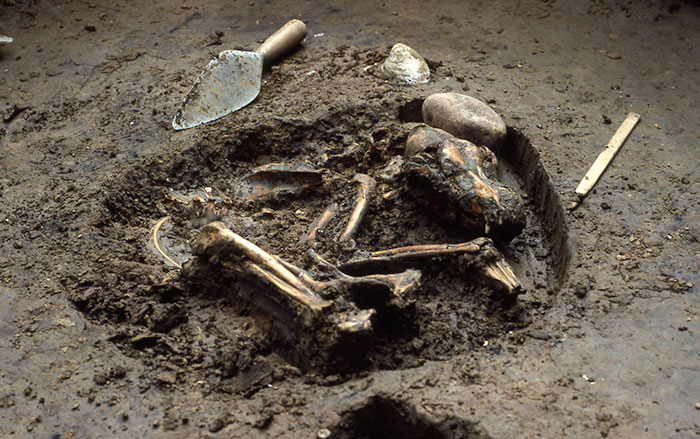
JAMESTOWN, VIRGINIA—Archaeologists have uncovered the western wall of Jamestown's 1617 church, according to a report from the Daily Press. The building hosted the first representative assembly meeting in European North America in 1619, and was the first of several churches built at the site. Excavators revealed the wall after stripping back a five-inch layer of concrete, brick, and dirt underneath the tower of a later seventeenth-century church, which still stands and is the sole remaining aboveground structure from Jamestown's 1607–1699 tenure as the captial of Virginia. Researchers expressed surprise that the 1617 church's foundations managed to survive intact throughout the construction of later buildings. The discovery allows them to finally document the complete original footprint. Archaeological investigations at the site were first undertaken by the Association for the Preservation of Virginia Antiquities at the turn of the twentieth century. To read more about archaeology at Jamestown, go to “Knight Watch.”



